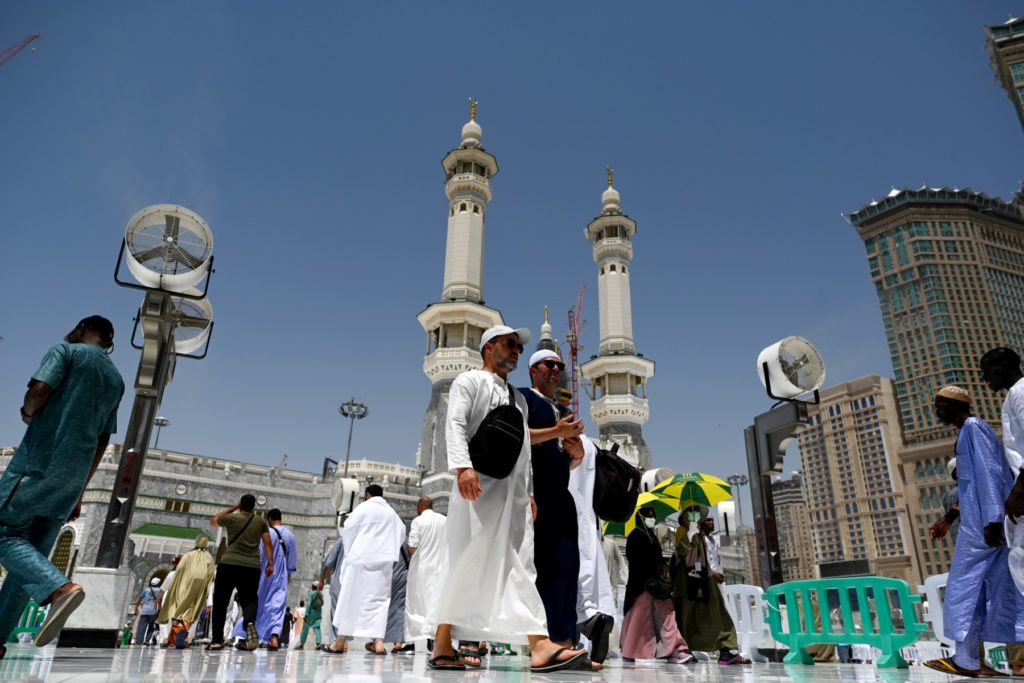São Paulo – Millions of Muslims began to arrive at the Great Mosque of Mecca in Saudi Arabia this Sunday (25) for the biggest Hajj since 2019, before the COVID-19 pandemic, according to Saudi news agency Arab News based on information from local authorities.
In 2019, 2.5 million people participated in the Hajj. Due to the pandemic, only 10,000 pilgrims were allowed the following year, increasing to 59,000 in 2021. Last year, the Grand Mosque received around 899,000 people, 779,000 from abroad, according to the Saudi General Statistics Authority (GASTAT).
The Saudi Ministry of Hajj and Umrah announced two million pilgrims will participate this year, of which 200,00 live in Saudi Arabia, and the rest will come from abroad. The flow, similar to the pre-COVID periods, marks a gradual return to customary pilgrimage.
Hajj is the pilgrimage Muslims make to the holy city of Mecca and is one of the pillars of Islam. It is a duty for followers of the Islamic faith who are physically and financially able to make the trip.
Hajj has a series of rituals, such as arrival at the Grand Mosque; the circumambulation of the Kaaba, a sacred cube-shaped temple built by Abraham to worship a single God; walking to the Mina region to stay in tents; in addition to the culmination of the journey, which is the climb to Mount Arafat, reliving the last sermon by the prophet Mohammed, and other religious activities, such as the symbolic stoning of Satan.
Muslims follow the lunar calendar; thus, the start and end of Hajj often vary. The pilgrimage will take place by the end of this week, ending with Eid Al-Adha, the feast of sacrifice. The feast marks the end of the Hajj and is a time for celebrations among family and friends and a public holiday in Muslim countries.
Translated by Elúsio Brasileiro




